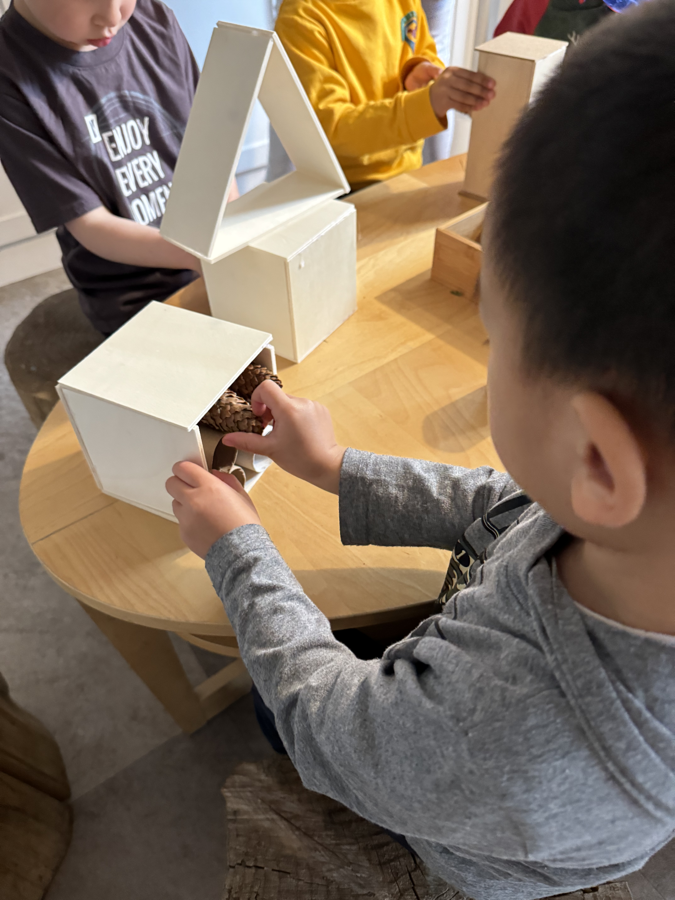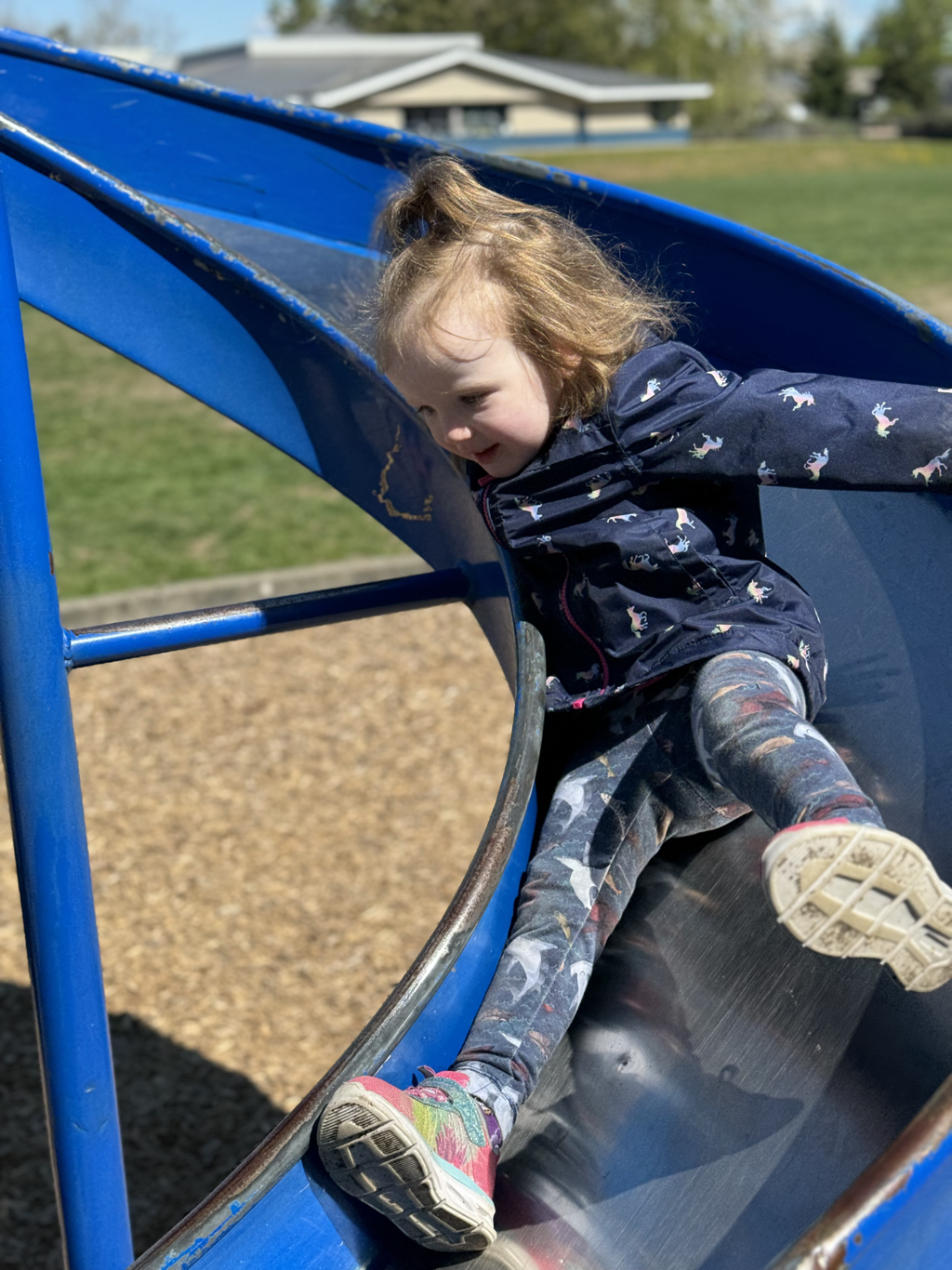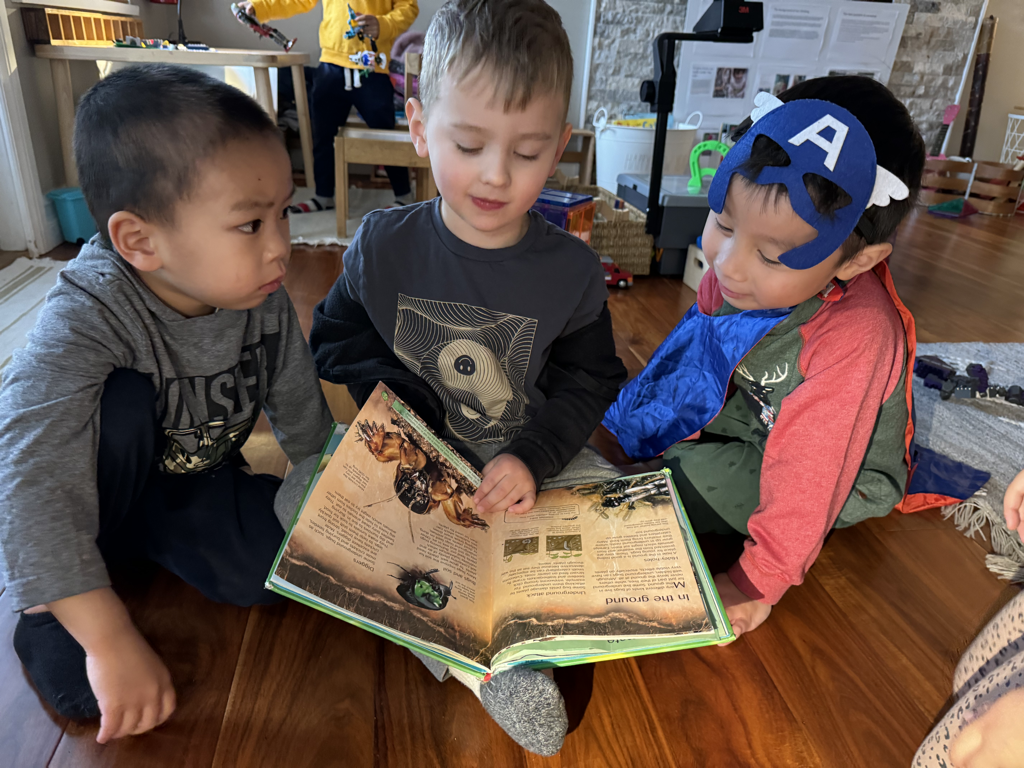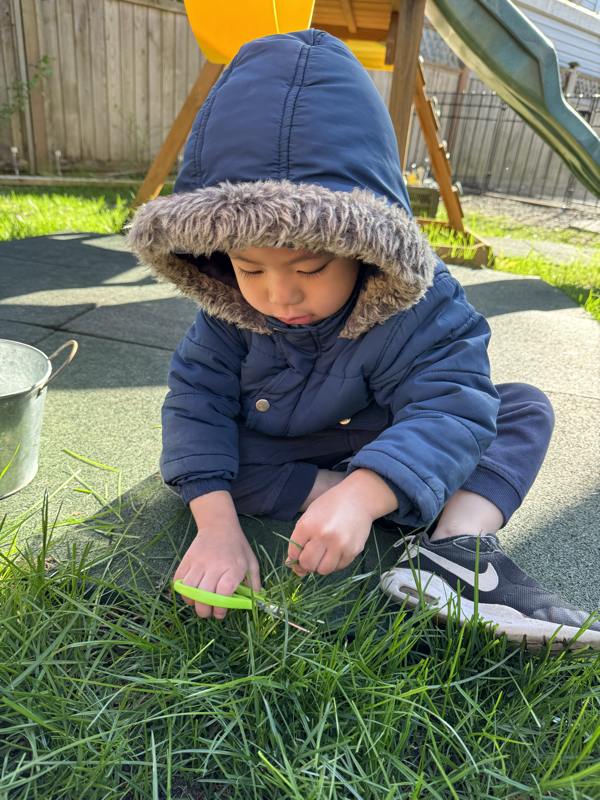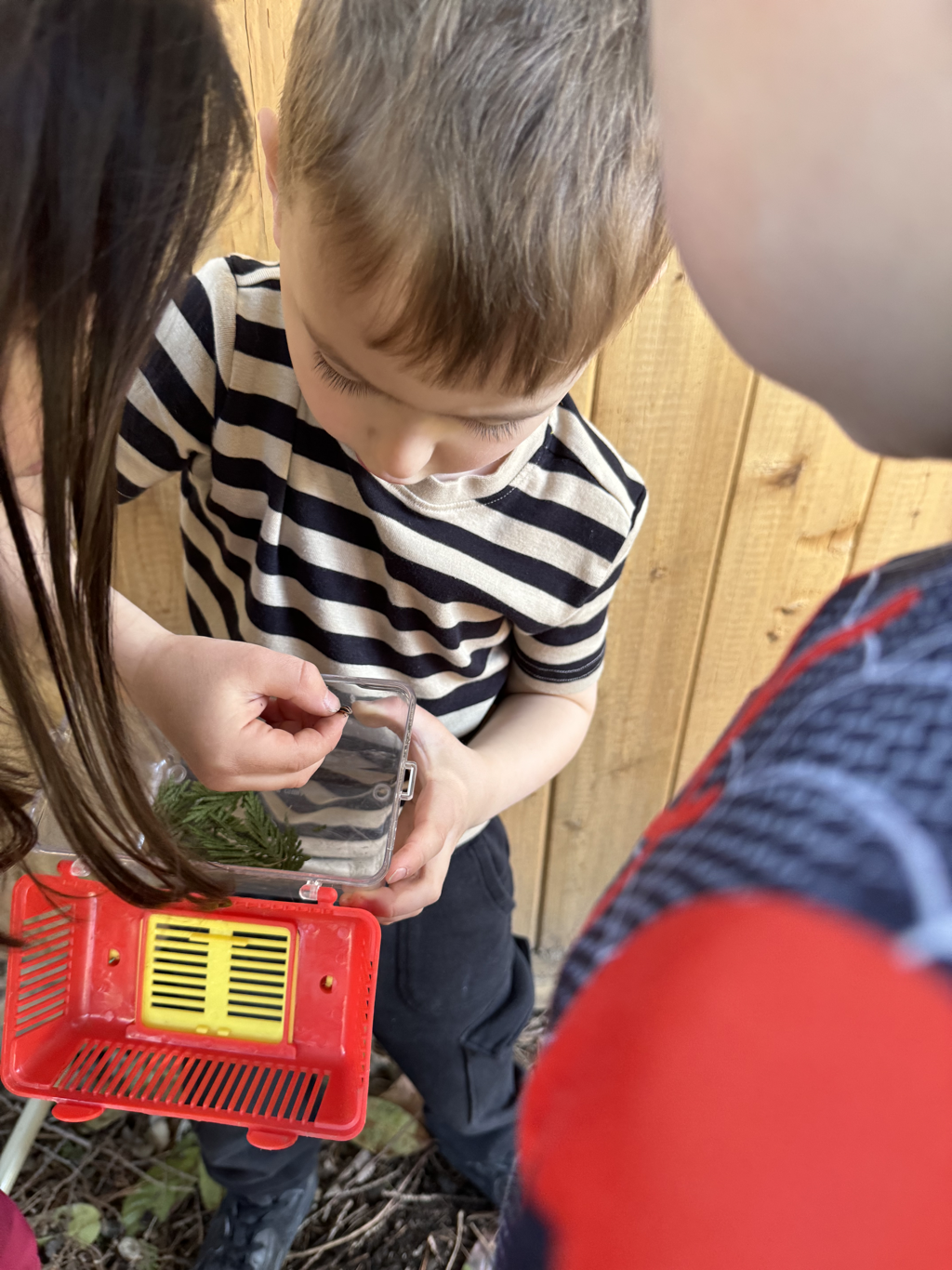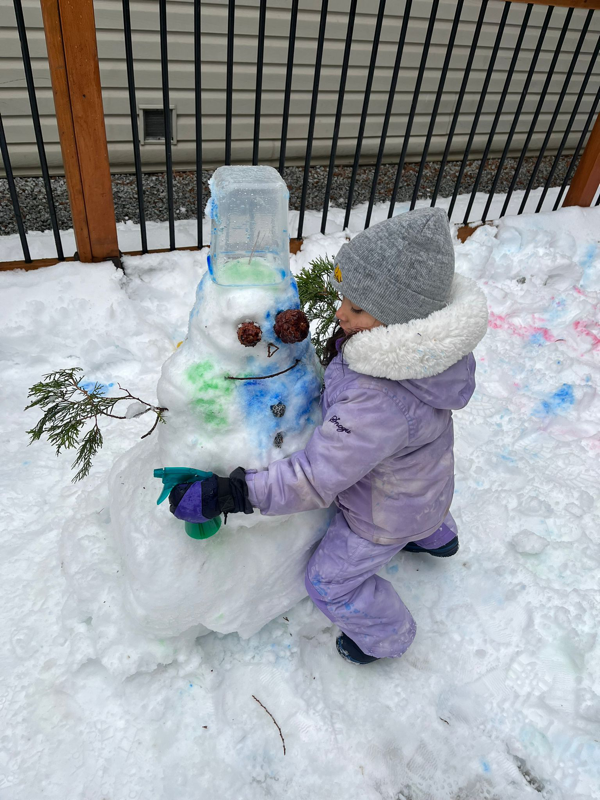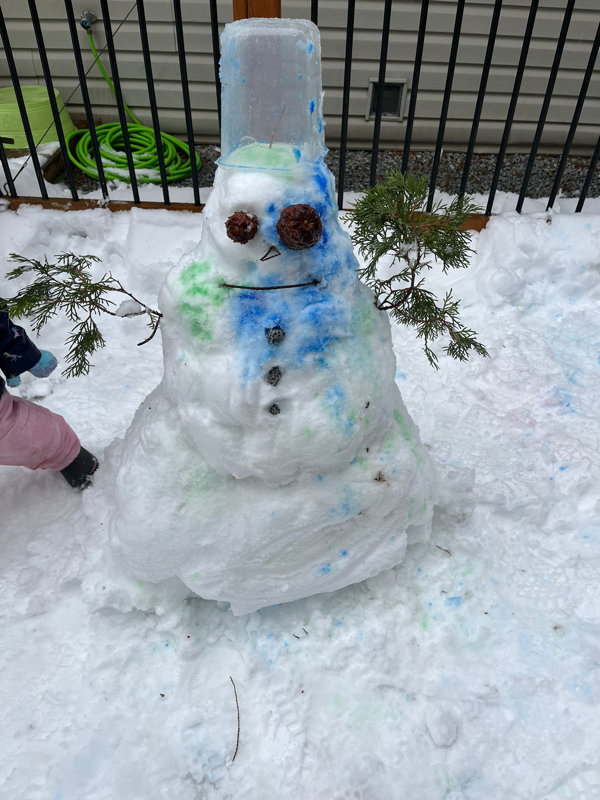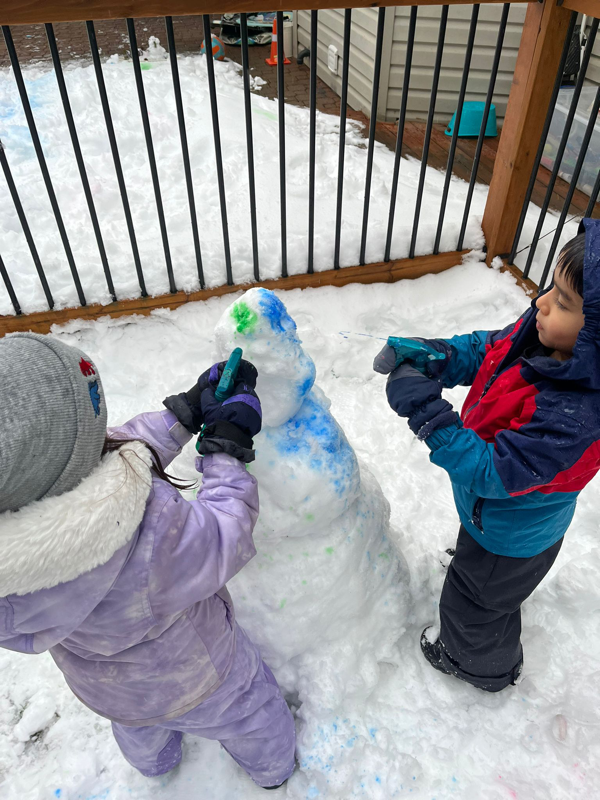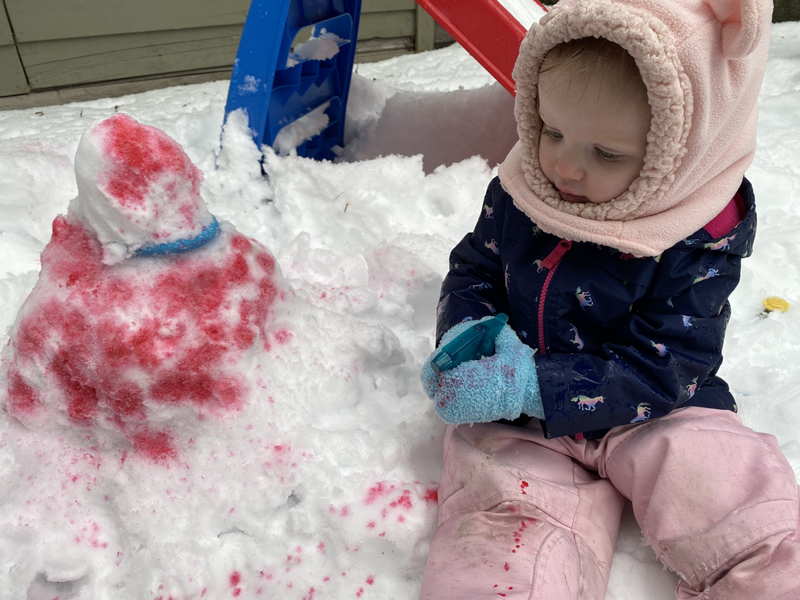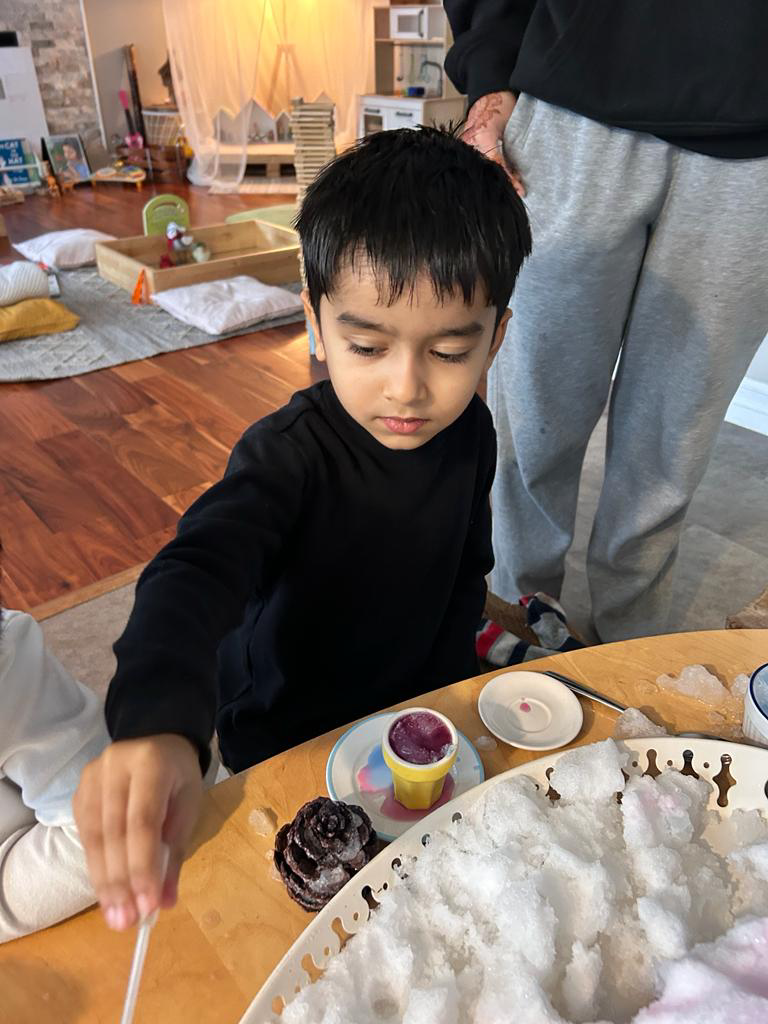|
Many trees have shed their leaves as cold weather approaches. This is a survival strategy for our deciduous trees to converse water and energy during harsh weather conditions. We wonder how the birds see this situation since the tress, which are their homes, look different in this time of the year? Do the birds wonder, like the questions we have in our minds? For examples:
We think winter can be a difficult situation. We notice, during our walk, the ground freezes. The puddles look different this time. Some amount of water is locked up by a form of ice. It doesn’t stop our curiosity to come closer, to firsthand experience this ground frost. Coming closer, knocking with our boots, sliding onto it, and looking beneath to support what we think is taking place. In the moment of finding out, we observe a seagull is being silent nearby. It is indeed an opportune time for us to understand some similarities and differences between us and a seagull in encountering a similar situation. We both seem to be mesmerized by the freezing surface. We understand, from the scientific point-of-view, that seagulls know several adaptations to help them deal with intense cold. One important adaptation, which is similar to how we protect ourselves to stay warm by wearing layers, is their thick feathers which provide excellent insulation. Seagulls have been known to be able to stomp their feet on the ground to imitate rain, tricking earthworms into coming out. This situation of cold weather invites us to think for the birds to make it through the winter. One of the many ideas is to consider providing high energy foods like black oil sunflower seeds. Our pinecone bird feeders turn are made with a 100% peanut free and tree nut facility. Once we hang the pinecones outside, it is a delighted moment to observe when the birds pick the seeds and enjoy a hearty meal in our garden. During our extended learning experience, we explore a relationship between clay and natural loose parts. Given the time, space and opportunity to explore loose parts, we naturally lean toward intentional and meaningful creations. Initially Emily is observed to experience the possibilities in many ways. After a while, Emily stops exploring and starts to add loose parts on her clay bird figurine. It shows she has satisfied her curiosity and begins another exploration. This time round she chooses to poke the clay with a stick to creating small holes. By observing her work, we question ourselves what if we keep the wonder alive in our mind and experience about the relationship with clay or any other material? And finally, Emily is pressing on the clay to create imprint. Indeed the magic and wonder of the explore stage is crucial! Felix creating humming bird that breath put fireball. Vivaan does not only create the features of the bird but also food for the bird. He also creates butterfly and its food. In this process we can arrange and design and work as creatively as we are interested in. It takes time to work with clay and that inherently puts the emphasis on the process. After some time of an intentional selection and addition of loose parts, Lukah mentions his bird has a lot of flying stuff. To further deepen our interests on birds and their journeys, drawing experiences help us develop independence within limits, and gives us the opportunity to represent our ideas or paper or in other formats. Most importantly, creative expression let us tap into the magic of our own imaginations, which is what being a child is all about. Lukah includes a hummingbird, its different body parts, and relationship with nature. Through this drawing he exhibits his perspectives on the physical properties of birds. This can be Lukah's interest on comparing beak with human's mouth and he finds beak different and interesting. Also, he may find birds feeding with beaks interesting. Brooks highlights Mommy bird waiting for the egg to crack. There is an egg inside. It did crack. And there is a worm (which) they can share. What a delight to hear Brooks' deliberate explanation of the relationship between the mommy bird and her baby. How they understand each other, build sensitivity and of course sense of belonging. Emily's exploration of nature to craft paintbrushes and her deliberate choice of red and blue for depicting cars not only nurtures her artistic talents but also offers a range of benefits. This hands-on activity enhances her ability to express herself creatively, develops cognitive skills through color exploration, and provides a therapeutic outlet for emotional expression. Additionally, the process of mixing and working with different colors broadens her understanding of aesthetics, fine-tunes her motor skills, and fosters an appreciation for diversity in artistic creation. Margo's artistic choice to exclusively use blue color for her shark crativity brings about several notable benefits. By honing in on a single color, Margo not only refines her fine motor skills with precision but also cultivates visual concentration, focusing on the nuances and details of the color blue. This deliberate thematic consistency aligns her artwork with the actual color of blue sharks, fostering an early understanding of coherence in artistic expression. Additionally, the simplified decision-making involved in using only one color makes the activity more accessible for Margo, while still allowing ample room for personalized expression and conceptual learning about the characteristics of animals through art. Felix adeptly employs yellow, red, and blue hues to compose a visually engaging galaxy, demonstrating a keen understanding of color mixing. His artistic exploration not only yields a striking masterpiece but also reflects a valuable learning experience in the realm of color theory. Collaborating with the children, we joyfully constructs a snowman, infusing the winter landscape with creativity. To elevate the experience, we adorn the snowman with a burst of vibrant colors, transforming it into a whimsical and personalized work of art. This collaborative endeavor not only celebrates the season's delights but also fosters a sense of shared accomplishment. Vivaan's creative adventure involves the use of both droppers and paintbrushes to blend primary watercolor paints blue, red, and yellow, crafting a hot spicy drink. This hands-on exploration not only introduces him to the captivating world of color theory but also nurtures skills in both precision, with the droppers, and artistic expression, using paintbrushes. The combination of tools adds a dynamic layer to his creative process, making for an engaging and enriching artistic experience. Kindest,
Children & Friends.
0 Comments
Leave a Reply. |
No part of this publication may be reproduced, distributed, or transmitted in any form or by any means, including photocopying, recording or any other electronic or mechanical methods, without the prior written permission of the publisher.
Archives
July 2024
|
